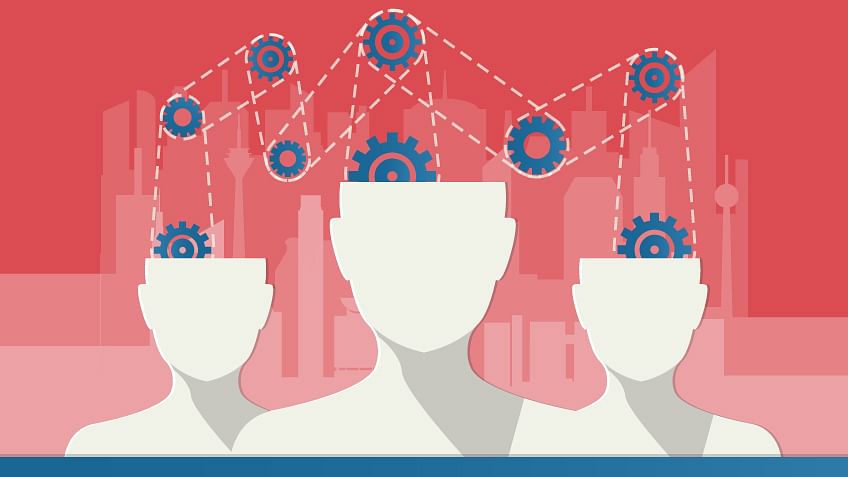Design Thinking might sound like something from art school but it’s actually a complex business solution that has scaled successful businesses like Airbnb. In essence, the practice of Design Thinking revolves around solving a problem from the perspective of the end user i.e. your market. Sounds simple, right? Well, not so fast, how do you get to the solution? Design Thinking not only requires you to think like an end user and a designer but also figure out how to iterate solutions for multiple possibilities which is why it makes for a stellar tool in business. When you know have explored probable outcomes and defined a solution that solves multiple avenues, you deliver a successful product to your market.
| Enroll for the Design Thinking Certification Training Course and be able to clearly define market fit and growth of your product and business! |
A Brief History of Design Thinking
Design Thinking, originally referred to as Design Science, as a discipline began to take shape in the 1960s with a focus on architecture and engineering. Solving problems in industrial design lead to the application of the scientific method to traditional design thinking principles. Buckminster Fuller aimed at creating the “design science revolution” incorporating rational thought with science and technology to solve problems created by the rapid advancement of technology.
Fuller wanted to ignite a revolution with Design Science and released of World Design Science Decade in 1961. However, it wouldn’t be until 1969 that this was further expanded by Herbert Simon in The Sciences of the Artificial. Simon added new considerations and parameters to the design theory and proposed the idea that anything designed was artificial rather than natural. This idea would later have significant impacts on design theory and Artificial Intelligence.
From there, the idea of Design Science continued to build and expand shifting from intellectual theory to actual practice and application. In 1973, Horst Rittel and Melvin Webber first used the term Wicked Problems, translating Fuller’s idea of Design Science into a focus on design and the human experience. Rittel coined the term “wicked problem” to encompass the complexity of problems encountered during planning. These problems are almost undefinable as well as unsolvable such as poverty and education.
You may be wondering what “wicked problems” has to do with Design Thinking. This theory introduced phenomenology to the mix, further focusing on the experience of the end user. This focus on experience leads to the development of what we know as Design Thinking today. Richard Buchanan published Wicked Problems in Design Thinking in 1992, combining theories begat by Fuller, Simon, and Rittle into one cohesive theory. This article is seen by many as a cornerstone of the Design Thinking field. Through his philosophy, schools like Carnegie Mellon began to teach service design including this as a key element to scale and build technology, business and more.
Design Thinking took the world by storm in the 1990s due to the rise of the Dot-Com business boom. Businesses who successfully integrated the user experience and Design Thinking into their companies were able to “scale up” according to Buchanan’s theory and adapt to the changing market. As user experience morphed from an afterthought to the forefront of modern business, Design Thinking became an essential part of the equation.
Design Thinking Phases
While the stages or phases of Design Thinking can vary depending on the school of thought followed, there are five distinct phases core to almost every iteration. It’s important to note that while these phases below are in order, Design Thinking is not a linear process. Teams continually use these phases to review, question and enhance their product to further understand the needs of the user and improve the user experience. It’s also important to note that these
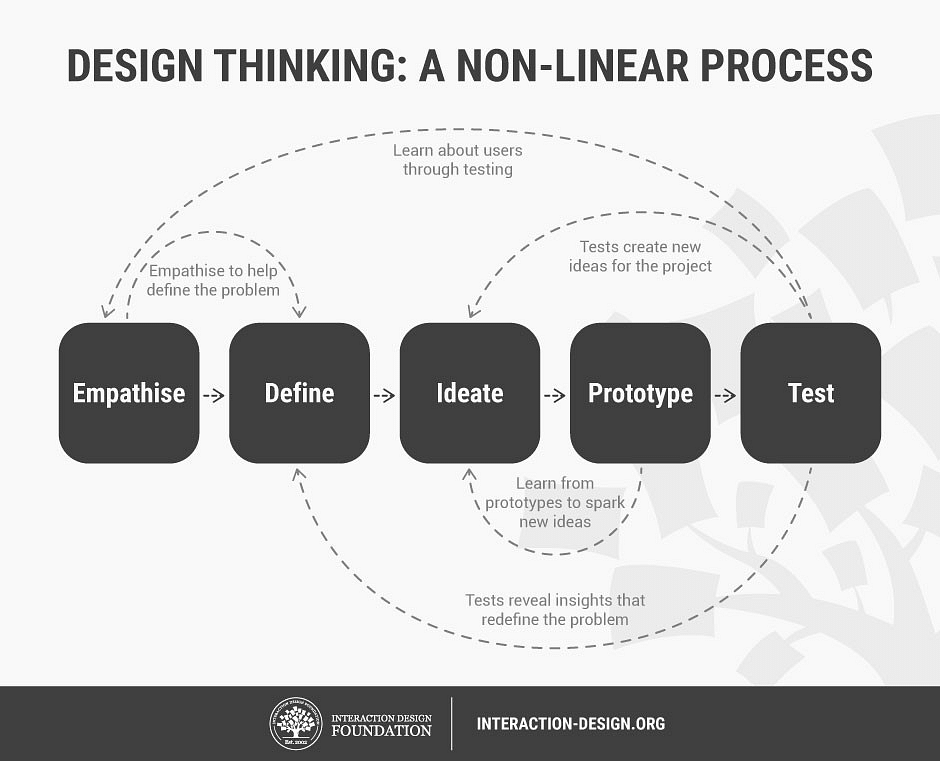
Source: interaction-design.org
Phase 1: Empathize
The first step in solving any problem is to understand the problem. In Design Thinking, this understanding requires empathy which is gained from observing and engaging. By empathizing with the concern, you gain a deeper understanding of the motivation and experiences of users. This allows those practicing Design Thinking to set aside personal bias and assumptions to more fully understand the needs of users.
This phase of Design Thinking requires gathering a substantial amount of information from users that will continue throughout the process. During the iteration, this phase can be visited multiple times in order to redefine the problems and concerns encountered by the end user.
Phase 2: Define
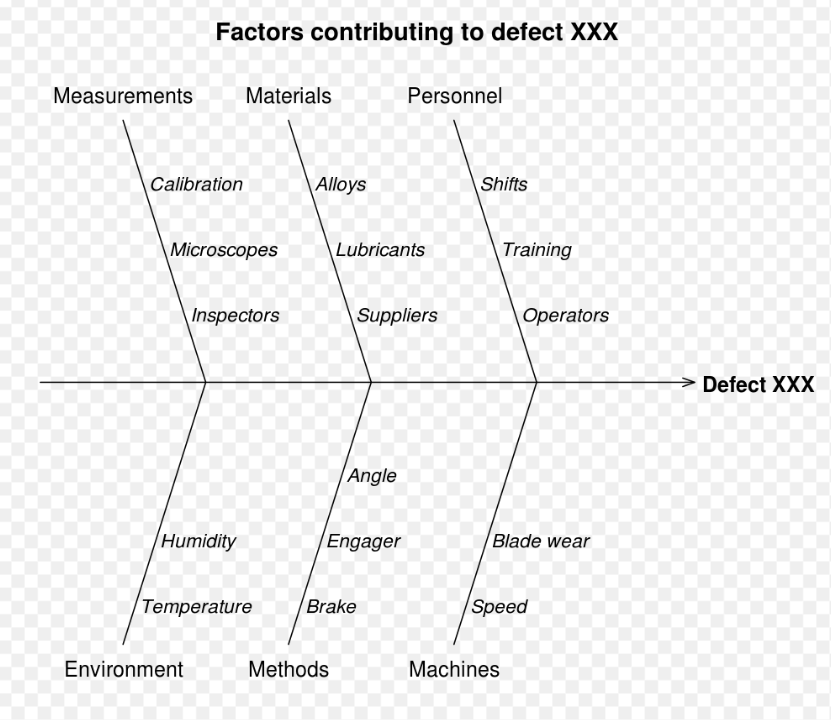
Figure 2: Ishikawa diagram for identifying problems
Once you have your insights, you need to use them to define the difficulties your customers face and decide which problems to prioritize. A popular way of the problem statement is using the Ishikawa fishbone diagram shown above.
Frame the problem in a way that is user-centered: For example, if you realize customers wait in line for too long to get their airline ticket, you can state your problem in this way: customers need a system for faster check-in, as opposed to: we need to ensure the lines move faster during check-in.
This way, you automatically start to look at the problem from the customer’s point of view as opposed to yours.
Phase 3: Ideate
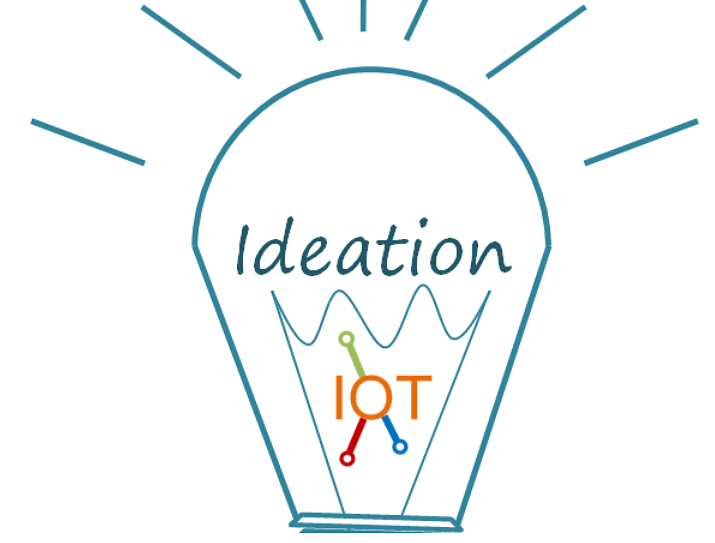
Figure 3: Third stage of design thinking. Image from Majors Group
Once you have a problem statement, it’s time to start coming up with potential solutions. Ideating is important because it allows designers to come up with an optimal solution rather than use the first path that comes to mind to solve a problem.
This stage requires creativity and to think up as many solutions as possible. Some characteristics of the ideation phase include:
- Postpone judgment. Generate as many broad ideas as possible without evaluating or judging any of them.
- Documentation of ideas. When team members look at the visual ideas on a whiteboard, for instance, their brains will begin to fire in different ways and generate more ideas. Documentation is also for memory.
- Collaboration. This not only ensures buy-in but also guarantees that your ideas will be varied and drawn from different styles of thinking.
Some creative methods used for ideation include: mind mapping, analogies, reverse thinking, brainstorming and role-playing. You can also use the provocation technique, which employs lateral thinking to challenge the existing belief system and explore other alternatives.
Once you have exhausted all ideas, narrow down to the most preferred options.
Phase 4: Prototyping
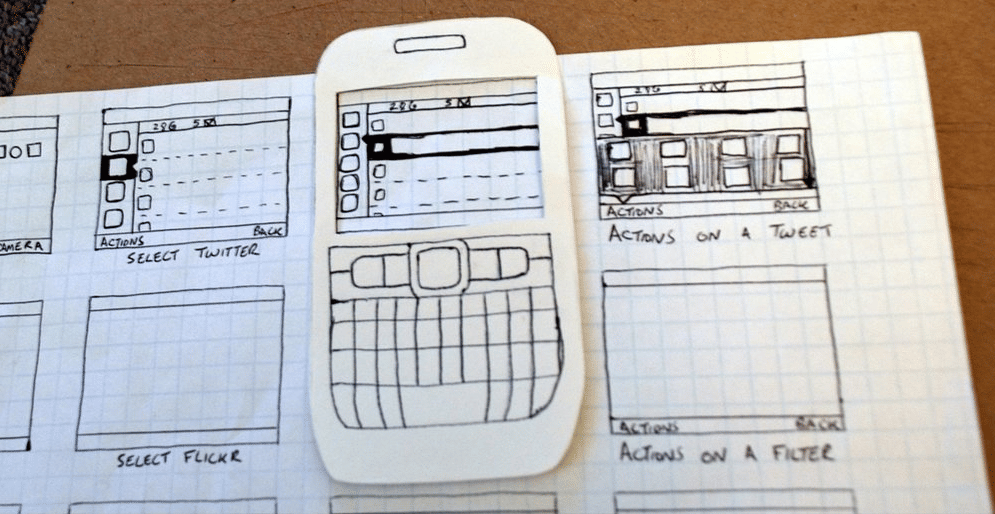
Figure 4: stage four of design thinking. Image from Signl
The process of turning ideas into tangible solutions and products is known as prototyping. This stage involves experimentation where the identified solution is tested, constraints identified and flaws corrected. Depending on how the prototype fares, a solution may be improved on, redesigned, accepted or rejected.
Phase 5: Test

Figure 5: phase 5 of design thinking. Image from Lucintel
This stage involves testing the prototypes on end users. Once you get results of your test, you may need to go back to the previous stages. This cycle may carry on until the final solution is acceptable to consumers.
The design thinking phases outlined above are non-linear.
The processes loop back and forth and around. Every time you discover something new, you may need to go back to earlier phases and redefine again. Rarely will this process move in a set order.
| Interested to learn to identify problems, ideate, prototype, test, and implement a solution? Then take up the Design Thinking Certification Training Course now! |
How Design Thinking Has Helped Businesses in Promoting Innovation
As stated earlier, design thinking involves analyzing all facets of a project before jumping in to solve it. This very aspect promotes human-centered innovation. For any problem, the impulse is to always jump into solving it, and this can lead to mistakes, time wastage, and failed projects. Some benefits of the design thinking approach include:
-
Minimizing Risk
As the process engages users and customers, the risks and uncertainty that come with innovation are minimized. -
Real Insights
The process relies on insights drawn from real customers in the real world, not just market research. -
Immediately Applicable
To become a design thinker, you don’t need to go through years of studies to be a designer. You can immediately learn the skills and apply them to leading management and innovation. -
It Helps You to Think Strategically
This is because you first have to assess each problem from all dimensions then map a strategy for tackling it. -
Better Business Performance
Companies have used design thinking with great success. We discuss an example in the case study below.
Design Thinking: A Case study
In 2004, Bank of America faced a problem. They wanted to increase enrollment. But they neither had user perspective nor a problem statement. They contracted IDEO, a design agency, to work in collaboration with employees to find a solution. The aim of the project was to introduce a “human-centered angle” to the way they serve their customers. For this project, they targeted baby-boomer women with children. The team observed and interviewed a dozen families to learn their saving habits. One of the things they did was follow mothers around on shopping and dining trips.
They observed that most of the women in this age group were single mothers, living on a budget and used means such as checkbook registries to stay on budget. In the majority of the families, finances were controlled by mothers. Going through one of the registries, they observed the following:
- There was a savings buffer available each month from rounding off all numbers when budgeting for bills and expenses.
- Some of the mothers were impulse buyers. Others lived on a meager income. This made it difficult for women in this age group to save.
Based on these observations, the team discovered an unsolved need.
The project moved to the ideation phase, and after 20 sessions of brainstorming and 80 ideas, they settled on “Keep the Change” service, that automatically rounded up all purchases and transferred the cents to a savings account. The team believed this service could create the most value for their customer base and provide a solution for their unsolved need.
They then created a prototype, which received a positive response when tested on 1600 participants. Iterations were created and the final product launched in September 2005, with huge success:
- The customer base grew: 2 million customers signed up in under a year and up to 12 million in the years since.
- Customers saved billions. Customers have saved more than 2 billion dollars
- New customer acquisitions. 60% of customers sign up for “keep the change” when getting a new account
- The program has low attrition; 99% of customers who signed up are still using the service
IDEO CEO Tim Brown attributes this success to observing the behavior and conceptualizing workarounds until they found a viable solution. The program gave the consumers something they didn’t even know they needed and at the same time, generated more business for Bank of America’s savings programs.
Many other companies have applied design thinking, with resounding success. For instance, in the table below, companies that actively used design thinking from 2005 to 2015 surpassed the S&P 500 growth by 211% during that period.
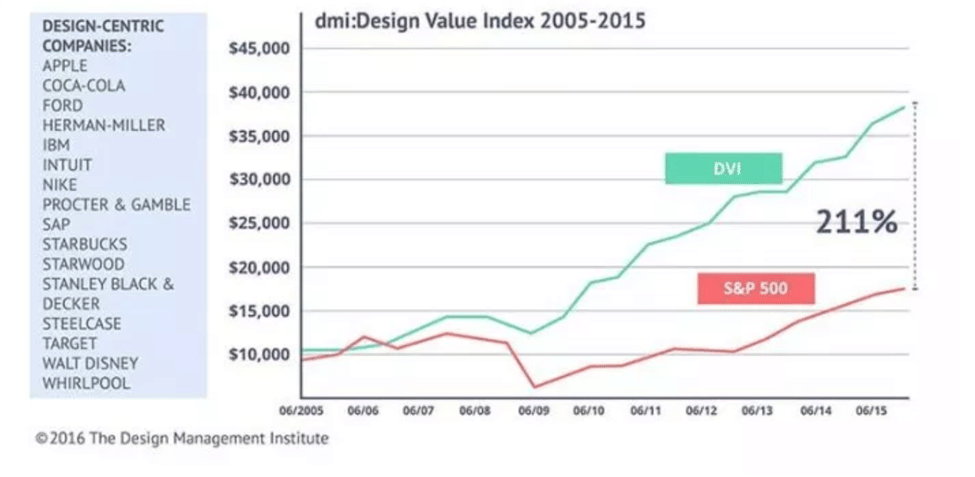
Why Design Thinking Might Not be Put to Full Use
Design thinking can mean different things for people from different professionals. Nielsen Norman Group ran a research project to understand what design thinking means to UX and design professionals. The survey involved 87 participants drawn from a range of industries, roles, and countries. Among the survey, requirements were to provide words that come to mind when they hear “design thinking.” Below were the results: the words were categorized based on characteristics of design thinking, its uses, specific steps followed, etcetera. The findings were as shown in the table below:
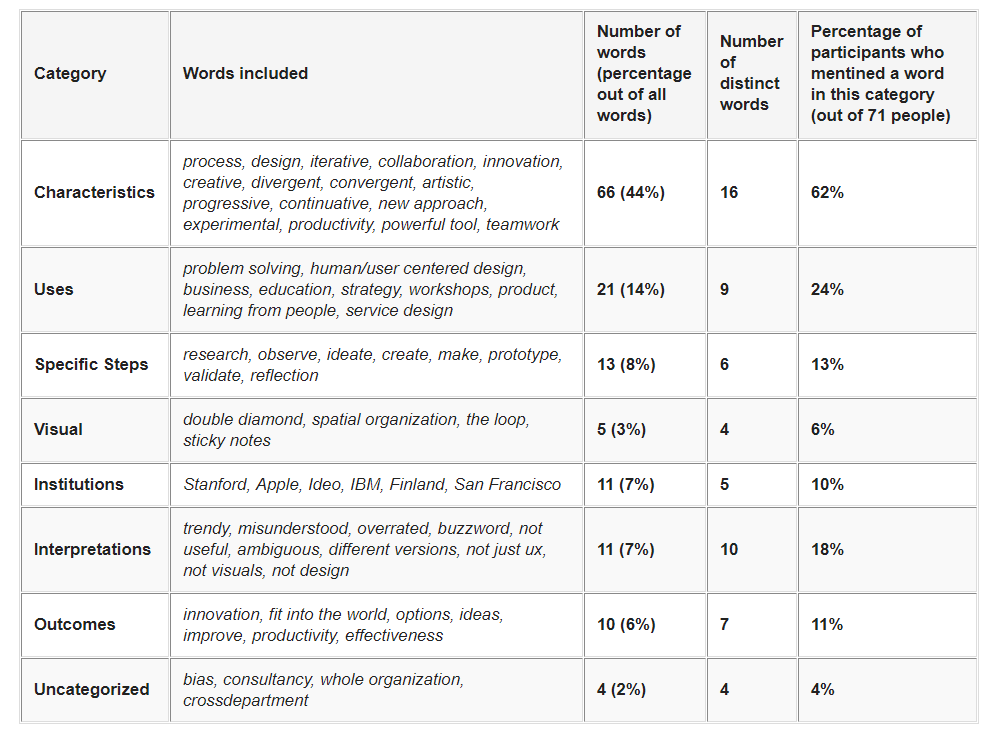
Figure 6: Design Thinking Research by NNg
Based on these findings, it is clear that though professionals may use design thinking in their work, how they define it can differ greatly. Majority of respondents defined it based on its characteristics and not its uses. This is a clear gap, as the most important aspects of design thinking are in its use in problem-solving. This is why relevant training of key problem solvers in a company is important for the process to succeed.
What Next: Improve your Design Thinking Knowledge (and Career Opportunities) with Relevant Training
Design thinking jobs will always be in demand as long as companies have problems to solve. A quick search on google, for instance, shows that major job search sites like LinkedIn, Glassdoor and indeed.com have thousands of opportunities for anyone who wants to pursue a career in this field.
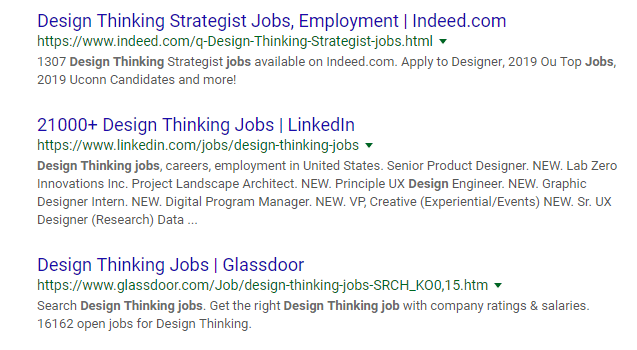
You can go into design thinking as an employee or as a consultant. Some relevant courses to begin with include:
- Design thinking
- User Experience (UX) Research Training Course
- User Experience (UX) Interaction Design Training Course
- Visual Design Training Course
With a design learning course, you will learn the following:
- Methods to identify and uncover people’s unmet needs and
- Spot innovation opportunities
- User-centric Problem framing
- Brainstorming techniques and other tools used to ideate and solve problems
- Skills required in innovation
- How to create prototypes, test and refine them
- The process of turning ideas into action
- Problem-solving skills through hands-on projects and case studies from companies in the real world.
- Application of design thinking to challenges in the business world.
Willing to master all of the mentioned concepts? Don’t delay further and take your career to a new creative level by enrolling in our courses.
